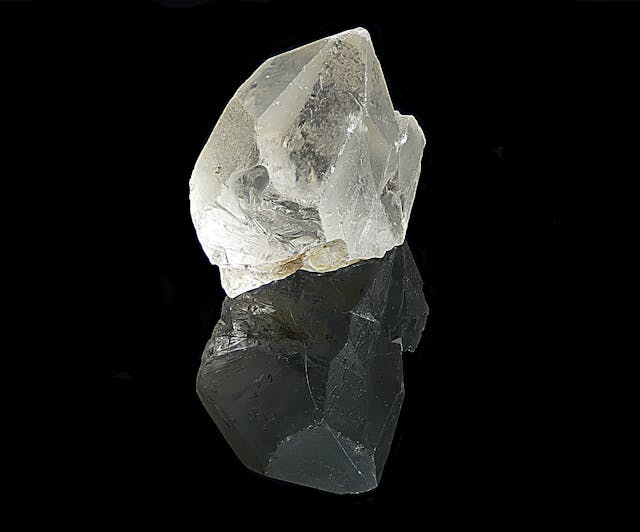Since its inception in 1888, De Beers, the South African diamond monolith, has survived two world wars, the Great Depression, the breakup of the Soviet Union, and the end of apartheid in South Africa.
For a large part of the 20th century, De Beers controlled more than 90 percent of the global supply of rough diamonds. Prior to the 1990s, operating in the diamond industry could be summarized with the epithet "De Beers' way or the highway." The company's marketing arm, known as its Central Selling Office, hand-picked its customers, or site holders, to bid for specific diamonds from their stockpile at non-negotiable prices.
Flooding of Diamonds
Not afraid to use its monopoly, De Beers has been known to flood the markets and crash prices when individual miners look to cut them out of the value chain. Similarly, when the Soviet Union collapsed and Russian diamonds flooded the market, De Beers dipped into its war chest and bought out the entire supply at a premium to maintain its monopoly on the global supply. The company regularly used these heavy-handed methods to control the global diamond supply and maintain favorable market prices.
The end of the 1990s brought major disruptions in the diamond industry, specifically to De Beers' operating model. Firstly, the emergence of three rough diamond producers outside its grasp, including El Rosa of Russia, BHP Billiton of Australia, and the explosion of the Canadian diamond mining industry, meant that De Beers was losing its dominance on the global supply and prices of rough diamonds.
Their age-old operating model of stockpiling rough diamonds no longer worked, leading to declining revenue, lower margins, and dwindling cash reserves. Secondly, the growing demand for vertical integration meant retailers were investing directly into mining companies and cutting out middlemen like De Beers.
The Blood Diamond Industry
Lastly, and perhaps most worrisome, was the increasing association consumers were making between De Beers and the blood diamond industry. This public relations nightmare began when De Beers was exposed for having bought blood diamonds from rebel forces in Angola, Sierra Leone, Liberia, and the Congo. For De Beers, the writing was on the wall. All these challenges and threats made it clear that significant changes in the company's operating strategy had to be made.
At the turn of the century, based on the advice from consulting firm Bain and Company and driven by its then managing director Gareth Penny, De Beers implemented a new operational strategy consisting of fixing its brand image, sharing the profit pie upstream, and driving retail to stimulate demand. To begin with, De Beers bought into place the Kimberley Process, which aimed at guaranteeing legal funding and safe working conditions in diamond mining, preventing conflict diamonds from entering the mainstream rough diamond market.
The Conflict-Free Promise
Along with this, De Beers began selling only diamonds produced with its own operations, guaranteeing that its supply was conflict-free. Secondly, De Beers adapted its upstream supply chain by splitting profits and distribution with the governments of the countries in which they mined, thus diminishing their reliance on stockpiling.
A complete overhaul of its upstream operations to pursue cost efficiency was also done in order to increase its competitiveness in terms of price. Finally, De Beers entered into joint ventures with LVMH and its luxury brands. The partnership with LVMH was to open up a series of retail stores, and by 2007, De Beers had 22 stores spanning Europe, Asia, the Middle East, and the United States. Joint ventures with sub-brands of LVMH such as Dior, Louis Vuitton, Fendi, and Sephora were entered into with the aim of stimulating overall demand for gemstones and decreasing reliance on its own brand.
Forevermark
In 2008, De Beers introduced Forevermark, a tiny logo etched into natural diamonds, which guaranteed the polished diamonds were natural, ethically traded, and non-treated. Forevermark was only available to cherished sole customers of De Beers. The company put its marketing might behind the Forevermark campaign, and soon customers in emerging markets such as Hong Kong, China, Japan, and India would only buy diamonds with a Forevermark.
Forevermark will go down in marketing lore as one of the greatest strategies of all time. It enabled De Beers to create its own market even though it no longer controlled the global supply. It's hardly surprising that De Beers and their marketing department were able to pull this off. Past campaigns such as "A Diamond is Forever" introduced the concept of diamond engagement rings, a fitting example of another occasion wherein De Beers created their own market. For De Beers, however, the future is not all bright. The ever-growing threat of synthetic diamonds looms large.

